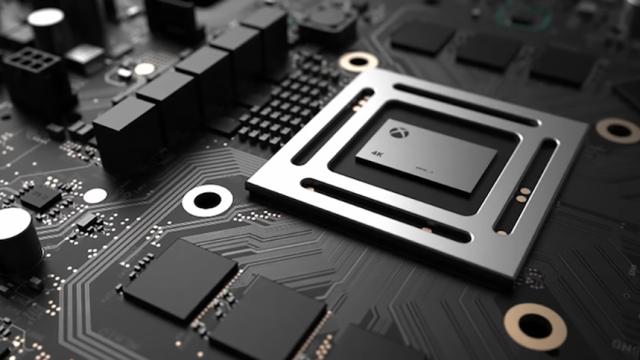There are a lot of reasons to game on a PC instead of a console. The ability to upgrade your game machine on your own time and in accordance with your own budget is a big advantage. The improved performance — due to the sheer power of new PC hardware — is another. According to Gamasutra, Kevin Gammill, Group Program Manager for Xbox, seems to think another, very cool feature of PC gaming is about to come to television gaming: Variable refresh rate.
If you don’t know what that hell variable refresh rate means, that’s OK. Though if you’re a PC gamer you might recognise the branded versions of the technology: Nvidia’s G-Sync and AMD’s FreeSync.
Displays and TVs alike show moving images by refreshing the image very rapidly. A display with 60Hz refresh rate can refresh the image on the screen 60 times in a second, while a 120Hz refresh rate can refresh it 120 times a second. Unfortunately, games don’t necessarily churn out frames at a neat 60 or 120 times a second. Depending on the performance of the game you’re playing and your PC hardware, you won’t necessarily get those clean framerates. Instead you might get 72 frames per second (fps) or 202fps. When that happens the display will attempt to keep up by skipping frames in the middle of a refresh. When this happens you see ugly tears and stutters on screen.
Available only at PC scale right now, a variable refresh rate allows your computer’s graphics card to better communicate with the display receiving the frames so it can intelligently get exactly how many frames it needs in any given moment. That makes for incredibly smooth gameplay.
This demo illustrates how this works, in case you’re having trouble visualising the concept.
So smooth!
Since variable refresh rate technology was introduced in 2015, support for it it has become increasingly common, both in GPUs and in new computer monitors, and gaming laptop displays. In order to take advantage of variable refresh rate you’ll need both a GPU and a display that support it. According to Gammill, in the interview with Gamasutra, the Xbox’s Project Scorpio will have the capability. Specifically it will support AMD’s Freesync (both Xbox and PS4 are built around AMD GPUs). So if you happen to have a Freesync monitor you’ll be able to plug Project Scorpio in and enjoy the smoothest gameplay ever witnessed on a modern console.
That’s a super cool if you do all your console gaming with a computer monitor. Yet many of us, both PC and console gamers, have invested in 50-inch and larger TVs with 4K and HDR, and native refresh rates of 120Hz. The high refresh rate, and the early adoption of 4K and HDR, make TVs ideal for gaming — particularly the 4K gaming benefited by a PS4 Pro and Project Scorpio console.
According to Gamasutra, Gammill says, “Microsoft is working with TV manufacturers to try and ensure Scorpio will support the feature in as many TVs as possible.” That’s a pretty big deal. At CES earlier in January, when TV manufacturers announced their biggest and most cutting edge sets for the year, not a single company mentioned variable refresh rates. Though HDMI did say its latest standard, HDMI 2.1, would support the tech.
“This is new technology we expect to see coming to displays over the coming years,” said Jason Ronald, head of the Xbox Advanced Technology Group, told Gamasutra. Unfortunately, beyond the claim that it’s coming and that Microsoft wants to be the first to support it, the Xbox guys were mum on exactly what variable refresh rate will look like in a television set.
The tech is unlikely to be rolled out to existing televisions, as Freesync and G-Sync both require hardware on the monitor itself. So you’ll need to buy a whole new, as yet unannounced TV to take advantage of the variable refresh powers built-into Project Scorpio. Time to start saving your doubloons.
